Birdwatching is not just a hobby; it’s a way to learn about nature. Florida is a fantastic place for this because it has different habitats like swamps, beaches, and forests. These areas are home to amazing birds, both big and small.
By watching birds, you get to see how they live, what they eat, and how they fly. It’s like a live show by nature. In Florida, you can see birds that you won’t find anywhere else in the USA. We will talk about nine awesome Florida birding hotspots where you can watch these birds.
When you go birdwatching, remember to be quiet and use your eyes and ears more than your voice. This helps you see more birds.
So, let’s get ready, grab our binoculars, and find out the best spots for bird watching in Florida!
Why Birdwatching is Pleasant
Birdwatching is like a treasure hunt. You look for different birds and try to spot them before they fly away. It’s exciting because you never know what bird you might see next. Watching birds helps you learn about the environment and why it’s important to keep it safe.
Birds can tell us if the environment is healthy or if something is wrong. Also, birdwatching makes you a better observer. It teaches you to be patient and to pay close attention to details, like the color of a bird’s feathers or the sound of its song.
And the best part? It’s an adventure you can have right outside your door or by traveling to new places like the beautiful spots for bird watching in Florida.
A Detailed Look at Top 9 Premier Florida Birding Hotspots
Let’s look at the best places in Florida for birdwatching. Each spot has its own special birds and beautiful views. We’ll learn what makes each place great for watching birds. Get your binoculars ready, and let’s start our birdwatching adventure across Florida!
Brooker Creek Preserve, Tarpon Springs
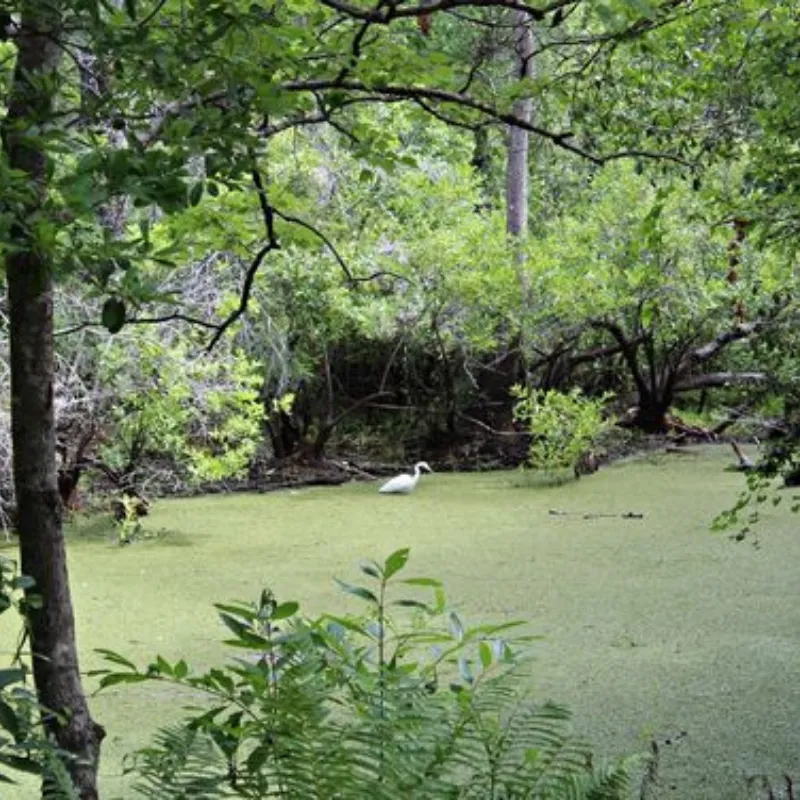
Brooker Creek Preserve in Tarpon Springs is a peaceful natural haven. It’s the largest in St. Pete/Clearwater, perfect for birdwatching and enjoying wildlife. You can see birds like purple martins and bald eagles here. The preserve offers marshland, freshwater, and forest environments, which are ideal for diverse bird species. Walk the scenic trails and maybe spot some wildflowers too!
What to See and Do
- Look for birds like the pine warbler and American white pelican.
- Enjoy guided bird watching hikes on the second Saturday of each month.
- Explore the preserve’s varied habitats, from forests to marshlands.
Best Times to Visit
- Plan your visit early in the morning for the best wildlife viewing.
- Trails are open from 7 a.m. and close an hour before sunset.
- Self-guided walks are great for spotting birds and other wildlife at your own pace.
John Chesnut Sr. Park, Oldsmar
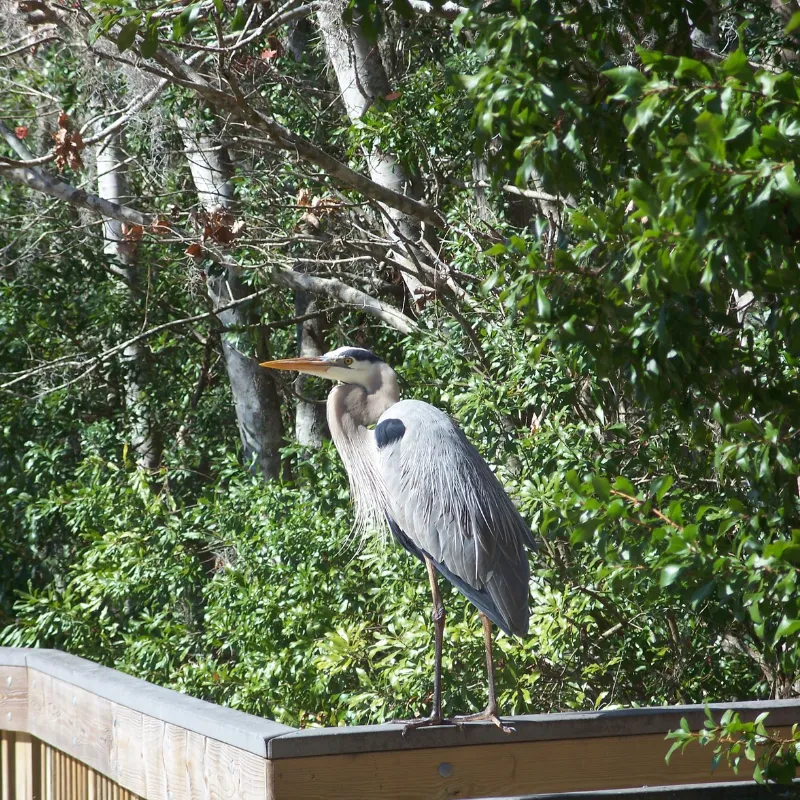
John Chesnut Sr. Park, nestled on the shores of Lake Tarpon, is a prime location for birdwatching. Whether you’re walking or paddling, the park’s trails offer a close view of diverse bird species. Here, wading birds feed along the shoreline and nearly 30 types of warblers flit across the boardwalks. Keep an eye out for the majestic flyovers of hawks and regular bald eagle sightings.
What to See and Do
- Observe a variety of wading birds and nearly 30 species of warblers along the trails.
- Watch for flyovers of short-tailed and sharp-shinned hawks.
- Regularly spot bald eagles, especially prominent from August through May.
Best Times to Visit
- Early mornings are ideal for catching the best bird activity.
- The park’s trails are open for hiking and paddling, enhancing your chances of spotting diverse wildlife.
- Visit year-round but remember bald eagles are most commonly seen from August to May.
Honeymoon Island State Park, Dunedin

Honeymoon Island State Park in Dunedin is a beautiful barrier island with four miles of beaches, tidal flats, and mangroves. It attracts a million visitors yearly, drawn to its picturesque landscapes and rich wildlife. The park is renowned for birdwatching, especially along the Osprey Trail, where nesting ospreys are a common sight. Keep your eyes peeled for vireos, flycatchers, and other migrating songbirds.
What to See and Do
- Explore the Osprey Trail to see one of the world’s highest concentrations of nesting ospreys.
- Visit the Pelican Trail for excellent views of shorebirds like American oystercatchers and snowy plovers.
- Enjoy the diversity of migrating songbirds throughout the park.
Best Times to Visit
- Early morning or late afternoon are the best times for birdwatching.
- Visit during migration seasons to see a variety of songbirds.
- Year-round opportunities to observe resident and migrating birds in their natural habitats.
Boyd Hill Nature Preserve, St. Pete
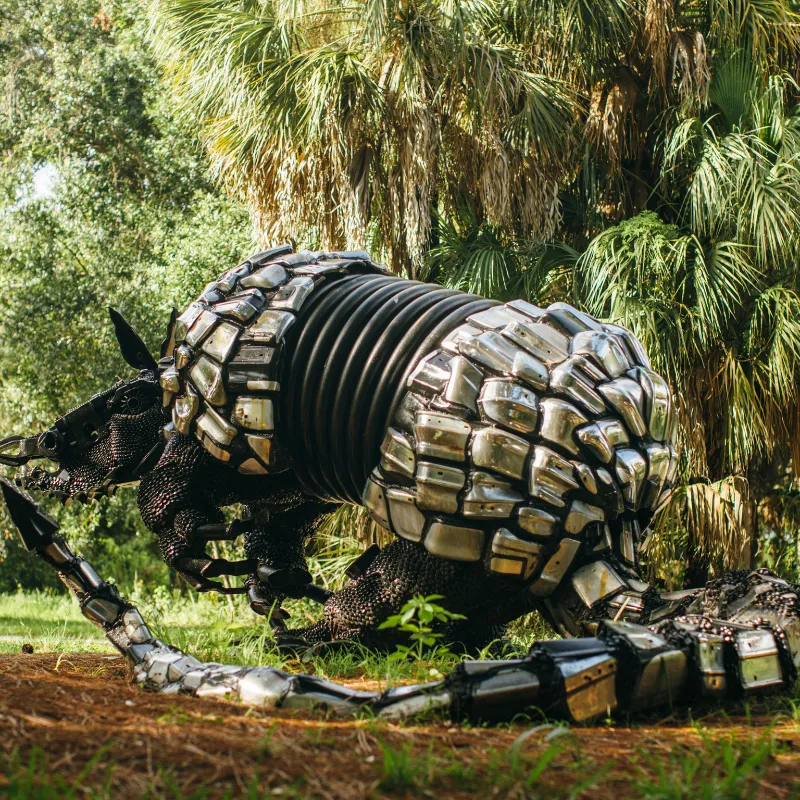
Boyd Hill Nature Preserve is a family-friendly destination in St. Pete, featuring six miles of trails and boardwalks. These paths wind through diverse habitats like hardwood hammocks, pine flatwoods, marshes, and swamps, with lakefront views to top it off. Common birds like downy woodpeckers and green herons are spotted here, and you might even catch a glimpse of rarer species like ash-throated flycatchers. Don’t forget to visit the aviary for a close look at rehabilitated birds of prey.
What to See and Do
- Walk the trails to see birds like ospreys and eastern screech owls.
- Look for rare birds such as ash-throated flycatchers; you might be one of the lucky ones!
- Pick up a bird checklist at the environmental education center before you start.
Best Times to Visit
- Early morning is best for birdwatching as birds are most active.
- Visit year-round to enjoy the preserve’s changing scenery and resident wildlife.
- Don’t miss the aviary to see the rehabilitated birds of prey, a highlight for all ages.
Sawgrass Lake Park, St. Pete

Sawgrass Lake Park, a 400-acre maple swamp, is a surprising oasis in the middle of a city neighborhood in St. Pete. Despite its urban surroundings, the park feels like a secluded natural haven, attracting over 200 bird species. Its boardwalks and trails are perfect for spotting little blue herons, white ibis, wood storks, and many other birds. Each season brings new birds, making every visit unique.
What to See and Do
- Walk the boardwalks and trails to observe birds like little blue herons and white ibis.
- Visit different times of the year to see how the bird population changes with the seasons.
- Keep your eyes peeled for frequent flyers like wood storks and other waterbirds.
Best Times to Visit
- Morning or late afternoon are ideal for birdwatching, as birds are most active.
- Return throughout the year to experience the seasonal changes in bird life.
- Spring and fall migrations are especially exciting times to visit for bird enthusiasts.
Fort De Soto Park, Tierra Verde

Fort De Soto Park in Tierra Verde is a birdwatcher’s paradise with its pristine beaches and rich coastal habitats, including mangroves, wetlands, and sandy beaches. Known as one of the country’s top birding spots, it boasts over 330 documented bird species. Visitors can bike, hike, or paddle while exploring diverse landscapes. Don’t miss the chance to see the roseate spoonbill, Florida’s native pink bird, among many others.
What to See and Do
- Use the park’s loaner binoculars and bird finding guide for a closer look at local birds.
- Explore the trails by bike, on foot, or by kayak to enjoy the natural beauty.
- Take photos of unique birds like the roseate spoonbill along the way.
Best Times to Visit
- Early morning or late afternoon offers the best birdwatching opportunities.
- Visit during migration seasons for a chance to see a wide variety of bird species.
- Year-round access ensures that any visit can be filled with exciting bird sightings.
St. Marks National Wildlife Refuge
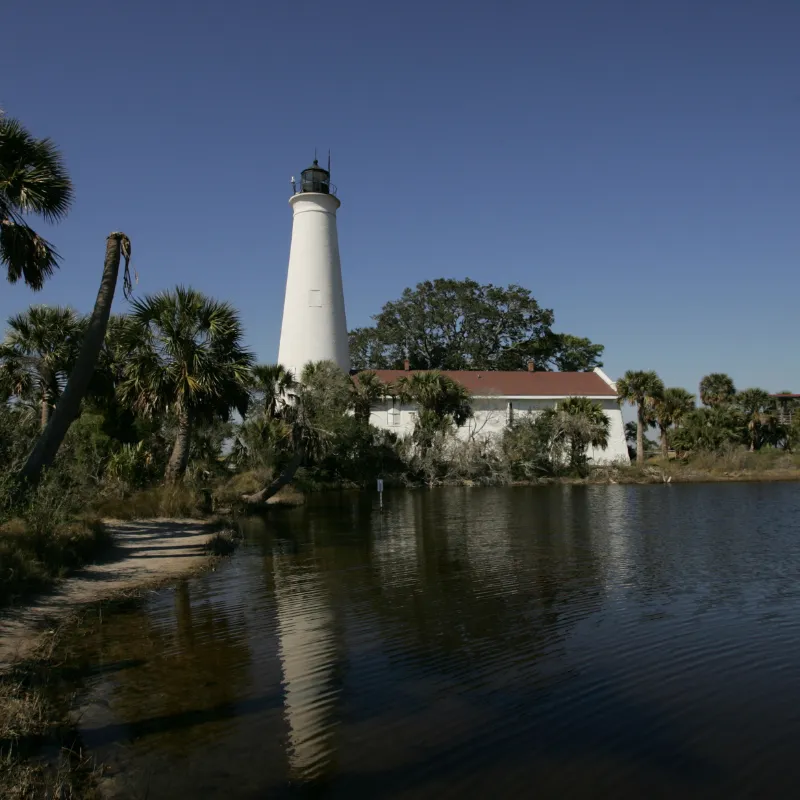
St. Marks National Wildlife Refuge, located on the eastern edge of Florida’s panhandle, is a prime destination for birdwatchers. Established in 1931, it was created specifically to protect migratory birds. The refuge features numerous trails ideal for hiking and biking, though they are sometimes closed to protect nesting areas for shorebirds, waterfowl, and eagles.
What to See and Do
- Hike or bike along the refuge’s trails, keeping an eye out for a variety of bird species.
- Respect trail closures, which help preserve sensitive nesting areas for shorebirds and eagles.
- Enjoy the natural beauty and tranquility of this protected area, ideal for birdwatching and wildlife photography.
Best Times to Visit
- Visit during migratory seasons to see the refuge’s bird population at its peak.
- Early morning or late afternoon are the best times for birdwatching, as birds are more active.
- Check the refuge’s schedule for open trails and guided tour opportunities to make the most of your visit.
Big Cypress National Preserve
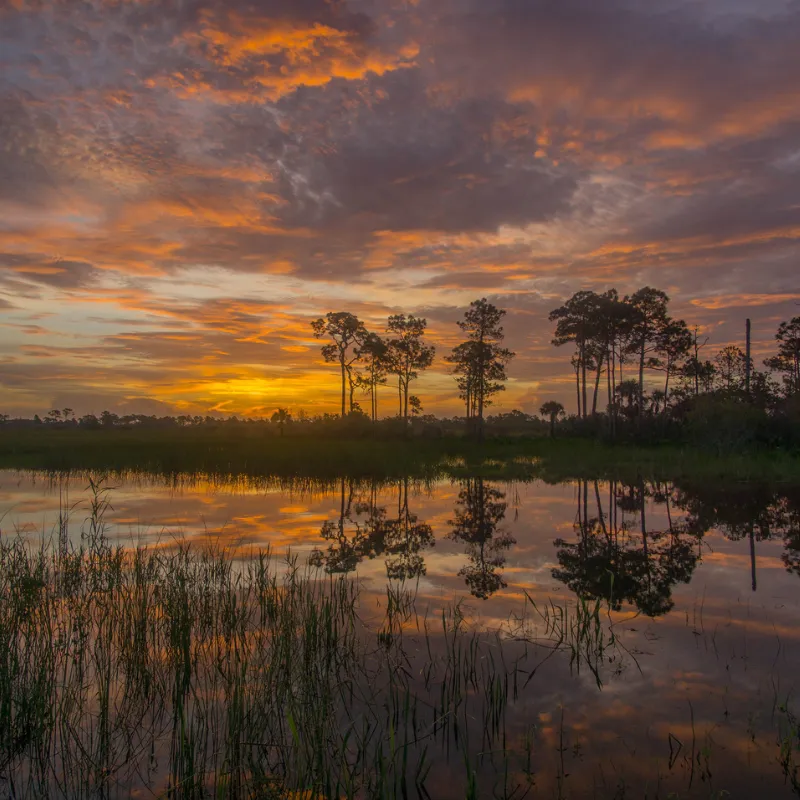
Nestled between Naples and Marco Island, Big Cypress National Preserve is a vast swampland known for its rich biodiversity, including the endangered Florida panther. This unique preserve offers various activities like hiking, kayaking, and airboat tours. While exploring, you can spot an array of birds from wading herons to soaring hawks. Remember, this area is also home to alligators and pythons, adding an extra thrill to your adventure.
What to See and Do
- Traverse the trails or take a water-based tour to see diverse bird species like egrets, spoonbills, and mockingbirds.
- Use caution and be aware of alligators and pythons in their natural habitat.
- Consider a driving tour or a swamp buggy ride for a different perspective of the preserve.
Best Times to Visit
- Early morning or late afternoon are ideal for wildlife viewing, especially for birdwatching.
- Visit outside of hunting season for a safer and more peaceful experience.
- If visiting during hunting season, wearing an orange vest is recommended for safety.
Everglades National Park

Everglades National Park, sprawling over 1.5 million acres at Florida’s southern tip, is a paradise for birdwatchers and wildlife enthusiasts. With its diverse ecosystems ranging from tropical hardwood hammocks to mangroves and freshwater sloughs, the park is a treasure trove of flora and fauna. Accessible from Miami, Everglades City, and Homestead, it offers countless opportunities for birdwatching, especially during the dry season.
What to See and Do
- Explore various ecosystems by kayak, bike, canoe, or on foot to spot blue herons, roseate spoonbills, and more.
- The dry season, from December through April, is the prime time for birdwatching.
- Look out for other wildlife like turtles, alligators, crocodiles, manatees, and dolphins.
Best Times to Visit
- Dry season offers lower water levels, making it easier to see birds and other wildlife.
- Early morning or late afternoon are the best times for wildlife viewing, as animals are more active.
- Visit during different times of the year to experience the changing landscapes and wildlife activities.
The Ultimate Birdwatcher’s Toolkit
To truly enjoy birdwatching, you need the right tools and an understanding of how to interact with nature responsibly. Here are some essentials to enhance your bird watching experience:
Equipment Essentials
- Binoculars: Choose a pair with 8x or 10x magnification for clear, up-close views of birds from a distance. Waterproof and fog-proof features are beneficial for humid or wet environments.
- Field Guides: Carry a bird identification guide to help you recognize different species. Apps like Merlin Bird ID or Audubon Bird Guide are also handy for quick information and audio of bird calls.
- Apps: Download apps that can enhance your bird watching experience with GPS trail maps, bird calls, and species information. Consider using eBird to log your sightings and contribute to citizen science.
Birdwatching Ethics
- Always maintain a respectful distance from birds and their habitats. Avoid disturbing nests or feeding birds, as this can alter their natural behaviors.
- Stay on marked trails to minimize your impact on the environment and prevent habitat destruction.
- Be an ethical photographer by using appropriate zoom lenses to photograph birds without getting too close.
Photography Tips
- Use a camera with a good zoom lens to capture detailed images from a safe distance.
- Pay attention to lighting; early morning or late afternoon provides the best natural light for bird photography.
- Practice patience. Wait quietly and let the birds come into view naturally without trying to attract them with sounds or movements.
Seasonal Florida Bird Watching Guide
- Spring (March to May): Peak migration time. Ideal for seeing a variety of birds as they return from wintering grounds.
- Summer (June to August): Best for observing resident species in breeding plumage. Warmer weather means more active bird behavior.
- Fall (September to November): Another major migration period. Watch as birds head to warmer southern areas.
- Winter (December to February): Great for spotting waterfowl and birds that winter in milder climates. Quieter parks and clearer views.
Wrapping It Up
Alright, bird buddies! Whether you’re gearing up for the hustle of spring migration, chilling with local feathered friends in the summer, catching the autumn bird parade, or cozying up to winter wanderers, there’s always something flying happening in the birdwatching world.
Just grab your gear and hit the trails. Remember, timing is everything to catch the best bird action, so plan smart and enjoy the skies! Keep your binocs ready and eyes on the prize, folks!

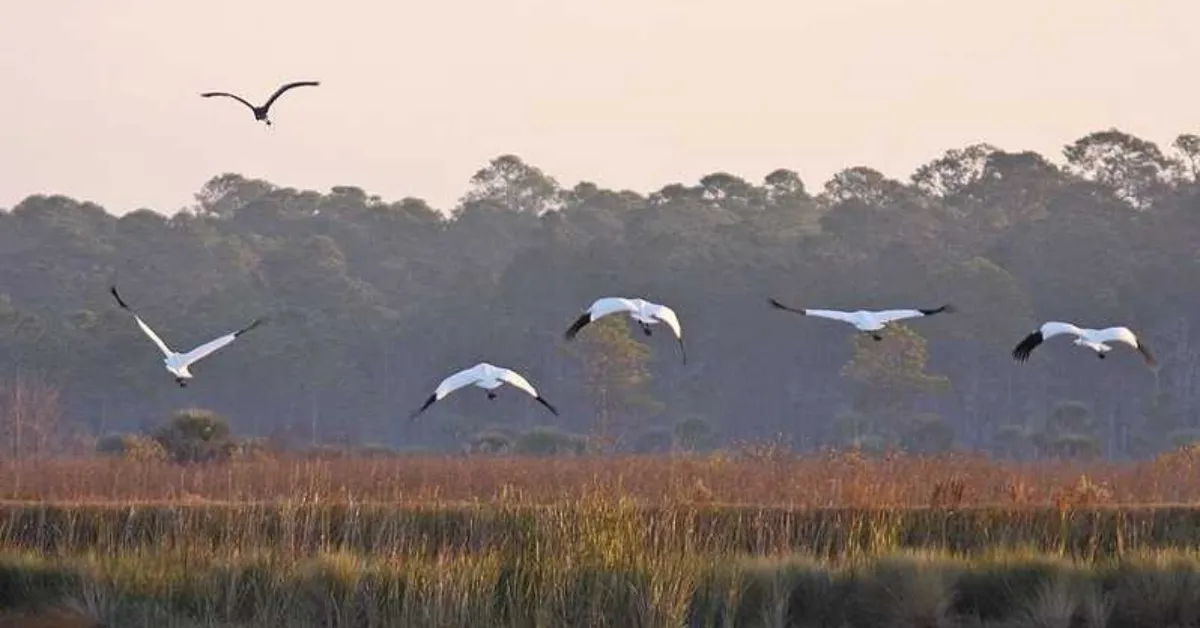
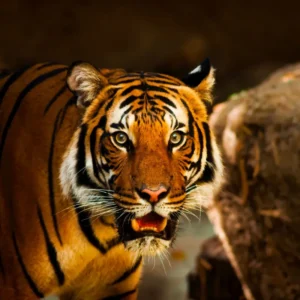
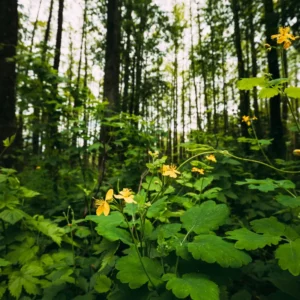

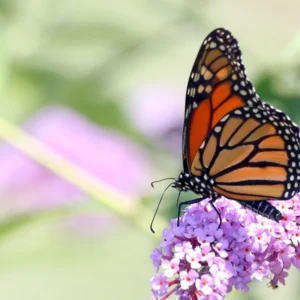
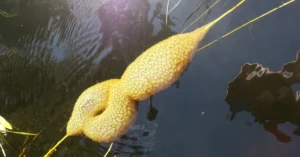
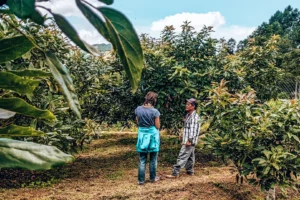
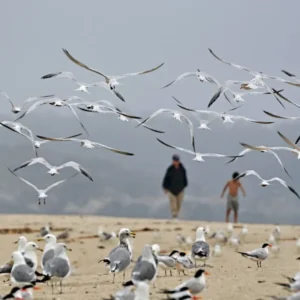
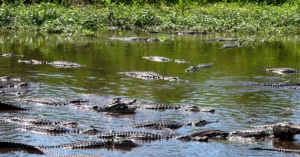
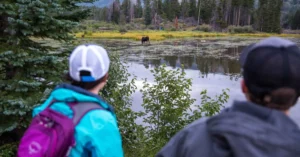
5 thoughts on “9 Best Florida Birding Hotspots In The Sunshine State”
Loved reading about the top birding spots in Florida, Julia! I’ve been to Honeymoon Island State Park before, and it’s as amazing as you said. Can’t wait to check out Big Cypress National Preserve next. Anyone got tips for birdwatching there?
For Big Cypress, bring waterproof gear! You might have to wade through some wet areas. Also, early morning or late afternoon are the best times to see the birds really active.
Thanks for the tip, TrailTrekker77! I’m planning my first trip there soon.
hey, Julia read about the Everglades National Park and wondered if it’s good for beginners or more experienced birdwatchers? wanna plan a trip but not sure if it’s too challenging
Everglades is fantastic for all levels! You’ll see a wide variety of birds, and there are plenty of trails ranging in difficulty. Don’t forget to bring your camera and enjoy your time!